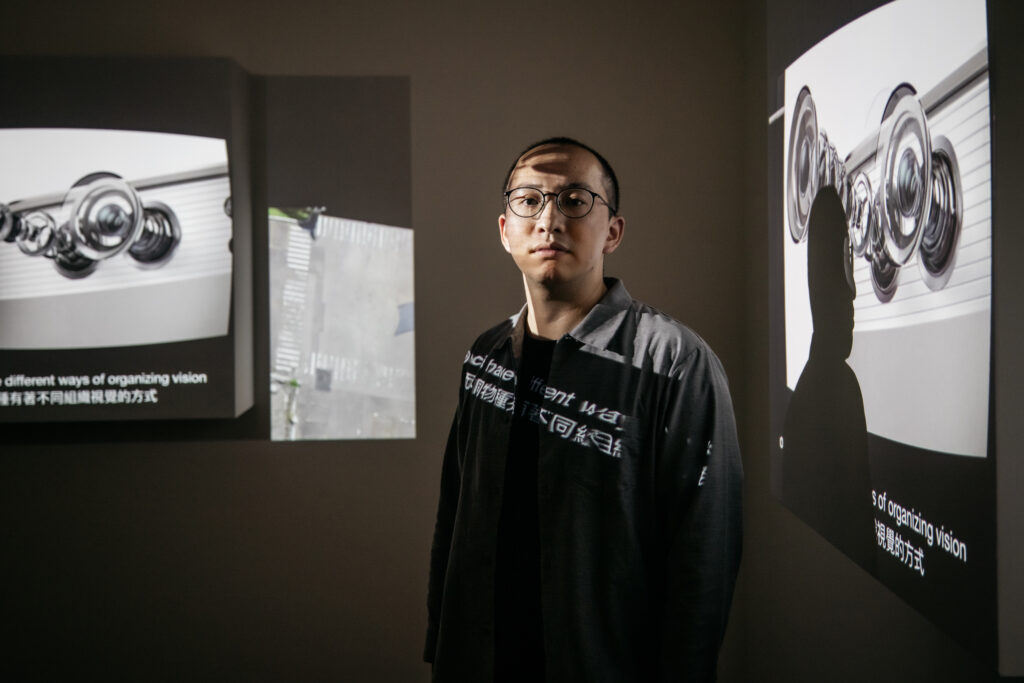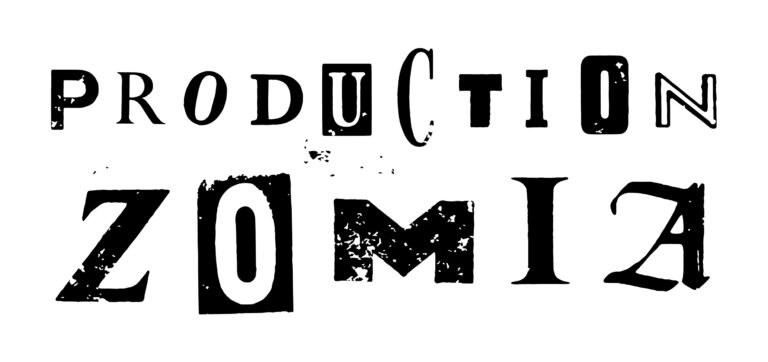吳其育(ウー・チーユ)/台湾

Photo by Sean Wang
ウー・チーユ(1986年生まれ)は台北を拠点に、映像、写真、インスタレーションの作品を制作するアーティストです。彼は人間の文明を形作る複数の種、環境、テクノロジーのあいだで失われ、確立されていない結びつきを調べ、アジアの複雑な歴史と地理において相互依存する存在を複数の物語によって探索します。
彼は2014から2015年までオランダ国立芸術アカデミーに滞在し、その作品は時代美術館(広州、2021年)、台北現代美術館(2020年)、上海ビエンナーレ(2018年)、台北ビエンナーレ(2016年)、北京国際短編映画祭(2017年)などで展示/上映されています。
また、台湾のアーティスト・コレクティヴ「復興漢工作室」のメンバーであり、映像の脱植民地化研究に焦点をあてたプロジェクト「白浪的定居殖民博物館」の共同設立者です。
Based in Taipei, Wu Chi-Yu(b. 1986) is a multimedia artist whose works include film, video installation, and photography. He delves into the lost and unestablished links among species, environment, and the technology that constructs human civilization, exploring the complex historical geography of Asia and the interdependence of various beings through multiple narratives. His works have been exhibited and screened at Times Art Museum, Guangzhou (2021); MoCA, Taipei (2020); 2018 Shanghai Biennale; 2016 Taipei Biennial; Beijing International Short Film Festival (2017) and was a resident artist at Rijksakademie van beeldende kunsten (2014-2015). He is a member of the Taiwanese artist collective Fuxinghen Studio, also the co-founder of the project Pailang Museum, which focuses on the decolonization study of moving images.

Stories of Celluloid: Terra Nullius Data, Single-channel video, 8mm and AI-generated, 12’30”, with document archive, 2024. Photo courtesy of the artist.
The Stories of Celluloid project consists of multiple chapters that explore the past and present of dataset image through early film production material: camphor. Camphor, primarily sourced from the low mountainous regions of southern East Asia and Southeast Asia, was used in early 20th-century celluloid film production. Taiwan, as a major producer of camphor during this period, extracted camphor oil through scientific surveys, modernization, and conflicts with Indigenous communities, projecting the history of the mountains in the circuits of image production. With the use of AI dataset, this chapter brings to life a memory of colonization found in the camphor production techniques preserved in Taiwa
